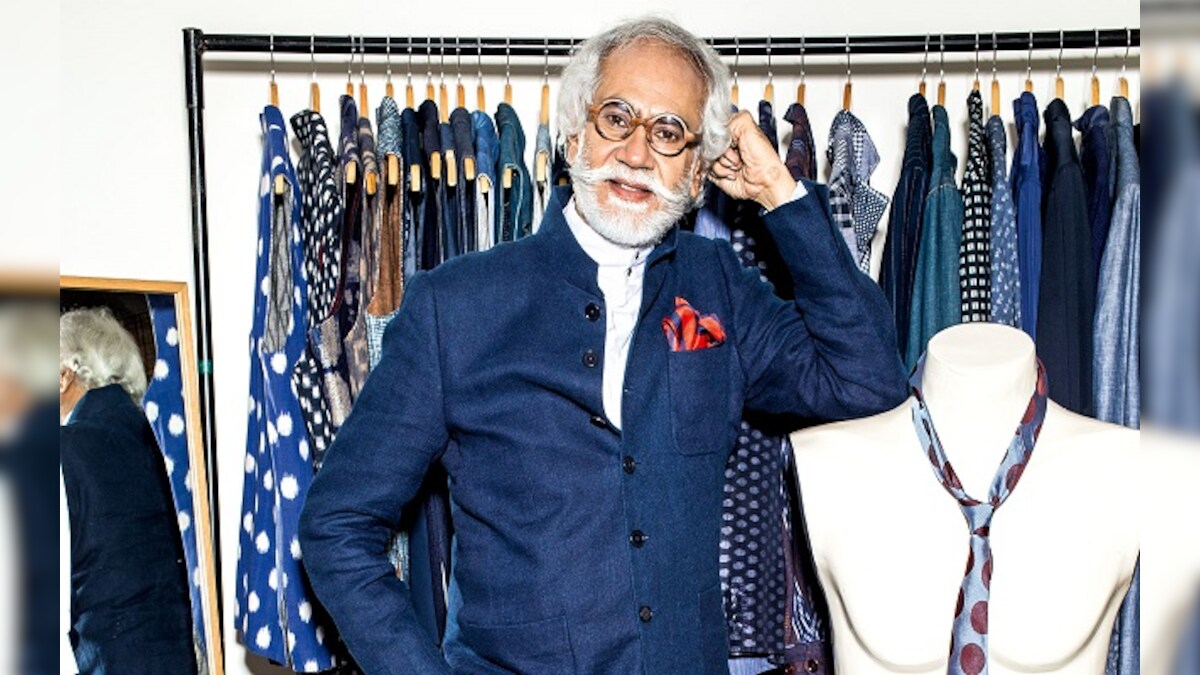In an EXCLUSIVE interview with the most powerful man of the Indian fashion industry, Sunil Sethi on how things changed post pandemic in the fashion industry and the recently held Lakme Fashion Week in partnership with FDCI.
In conversation with Firstpost, FDCI (Fashion Design Council of India) head Sunil Sethi talks about the business of fashion and how the Indian fashion industry has come a long way since it first began. He believes fashion in India for the longest time was centered around bridal wear and ethnic clothing. While contemporary designer labels are on the rise today, the gravitas that wedding ensembles command from a consumer perspective continues to reign supreme.
How have things changed post pandemic in the fashion industry?
Sunil Sethi: The Fashion Design Council of India and Lakmé Fashion Week have for decades worked towards the growth of the fashion and design industry. Post pandemic we are witnessing a change in the ways in which collections are being produced, there is a slower and more mindful approach that designers are taking to the pieces that they are designing. On the other hand, we are also noticing a parallel approach with the return of opulence and glamour in the ways in which shows have been conceptualized this season.
Has the industry gone back to the pre-pandemic stage?
We are happy to share that business is once again on a major upswing because of our return to the physical showroom format, allowing customers and buyers to purchase some of the remarkable works that are now being put up for sale.
When it comes to business of fashion, where do we stand?
The showroom is back in a fully physical format. As a result of a considerable increase in both domestic and international buyers, business is booming. For the first time this season, the FDCI Designer Stockroom sale made its debut in Mumbai. Owing to the sale, Mumbai residents who attended in large numbers, had the opportunity to purchase designer wear at competitive prices.
The Indian fashion industry is not an industry; how long will it take to establish itself as an industry?
The Indian fashion industry has come a long way since it first began. We are confident in its growth over the next few years and continue to do our bit with both emerging as well as established designers to provide them with a platform like Lakmé Fashion Week X FDCI that creates and recognizes the need for Indian designers and labels to be celebrated.
How is Lakmé Fashion Week and FDCI helping young designers to get a platform and to establish themselves?
At FDCI we have continued to recognise and acknowledge young talent in the country. With our showcases – the FDCI Emerging Talent and the FDCI x Pearl Academy Graduate Fashion Week International this season, we endeavor to continue to bring many more labels and international presence to one of the country’s biggest fashion presentations.
How inclusive is the Indian fashion industry?
Inclusivity in the fashion industry is no longer just a conversation. It is making progress every day and we are moving towards an industry that caters to the contemporary consumer who today wields the power to hold accountable designers for not being inclusive.
How much of Indian fashion market is bridal wear?
A significant share of the Indian fashion market is bridal wear. However, designers today are moving towards creating collections and pieces that are not made just for weddings but rather creating in a way that those very wedding outfits can be repurposed for occasions other than weddings.
Why most designers want to go for bridal wear, is it the most profitable place in India?
Fashion in India for the longest time was centered around bridal wear and ethnic clothing. While contemporary designer labels are on the rise today, the gravitas that wedding ensembles command from a consumer perspective continues to reign supreme.
Your insights on Indian bridal wear market in comparison to abroad.
The Indian bride today is a wonderful combination of the old with the new, merging tradition with modernity and creating the market for bridal wear that is multi hyphenate in nature. It’s no longer restricted to a certain ‘look’ rather it is the merging together of an Indian approach with a global outlook that designers are adapting to.
Read all the
Latest News
,
Trending News
,
Cricket News
,
Bollywood News
,
India News
and
Entertainment News
here. Follow us on
Facebook
,
Twitter
and
Instagram
.

